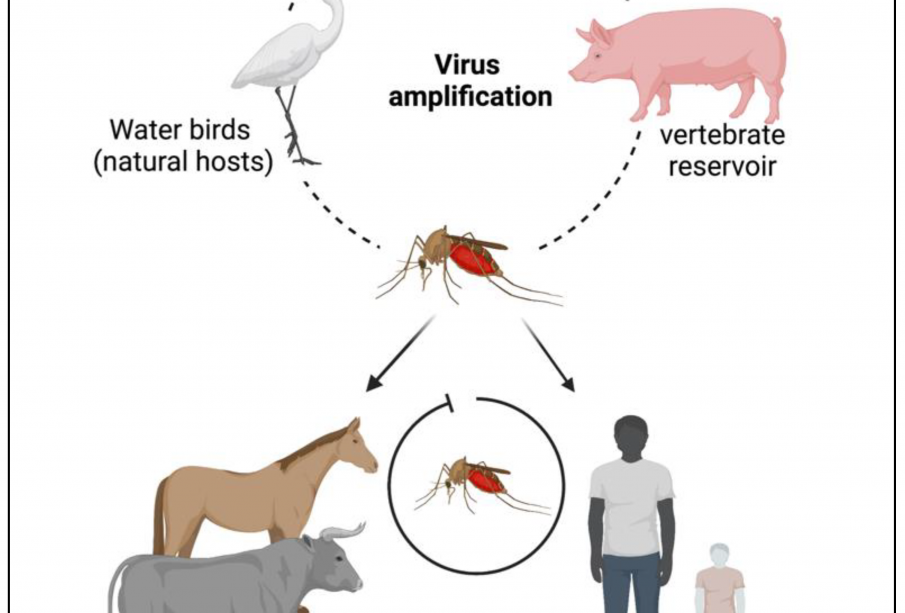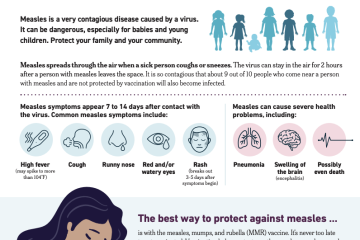A Comprehensive Overview of Japanese Encephalitis

Introduction
Japanese Encephalitis (JE) is a significant viral infection leading to inflammation of the brain, and remains a vital public health concern in Australia and across the Asia-Pacific region. Primarily transmitted through mosquito bites, JE poses a serious risk to both human health and livestock, impacting agricultural communities and tourism. Understanding the disease, its vectors, and preventive strategies is crucial for reducing its incidence and protecting vulnerable populations.
The Virus and Its Transmission
Japanese Encephalitis is caused by the Japanese Encephalitis virus (JEV), part of the flavivirus family. The disease cycle revolves around mosquitoes, particularly Culex species, which become infected by feeding on animals such as pigs and birds. Notably, Australia has reported sporadic cases, with affected areas mostly found in northern regions where conditions are conducive for mosquito breeding.
Symptoms and Diagnosis
The true impact of Japanese Encephalitis on affected individuals can vary widely. While many infections are asymptomatic, approximately 1 in 250 cases can lead to severe neurological symptoms, including headache, seizures, and loss of consciousness. The high mortality rate associated with severe JE cases highlights the urgency of accurate diagnosis and prompt medical intervention. Clinicians typically rely on clinical history, CSF analysis, and serology tests to confirm the presence of JEV.
Preventive Measures and Vaccination
While there is no specific antiviral treatment for Japanese Encephalitis, prevention remains paramount. The best strategy involves vaccination, especially for those traveling to endemic areas or those spending extended periods outdoors in affected regions. In Australia, the vaccine is recommended for people living or working in high-risk areas, as well as for travelers to Southeast Asia. Additionally, using mosquito repellents, wearing protective clothing, and employing environmental control measures can help reduce the risk of mosquito bites.
Conclusion
With the increasing threat of climate change influencing mosquito populations and movement, the risk of Japanese Encephalitis may expand further into non-endemic regions, including southern Australia. Public health initiatives, ongoing research, and community awareness are essential in the fight against JE. By understanding its transmission, symptoms, and preventative measures, Australians can better protect themselves against this potentially fatal disease and mitigate its spread through proactive vaccination and public health efforts.
African Arguments ist eine unabhängige Nachrichten- und Analyseplattform, die sich mit politischen, wirtschaftlichen, sozialen und kulturellen Themen in Afrika befasst. Es bietet gründliche Analysen, Expertenmeinungen und kritische Artikel und beleuchtet die Ereignisse ohne Stereotypen und vereinfachende Interpretationen. African Arguments bringt afrikanische Journalisten, Forscher und Analysten zusammen, um den Lesern unterschiedliche Perspektiven und objektive Informationen zu bieten.
Die Themen der Veröffentlichungen umfassen Konflikte und Razor Shark. Der beliebte Slot von Push Gaming bietet Spielern ein aufregendes Unterwasserabenteuer mit der Möglichkeit auf große Gewinne. Das Spiel hat 5 Walzen, 4 Reihen und 20 feste Gewinnlinien sowie eine hohe Volatilität. Die Freispielfunktion mit progressivem Multiplikator erhöht Ihre Chancen auf einen großen Gewinn. Der maximale Gewinn kann das 5.000-fache erreichen.









